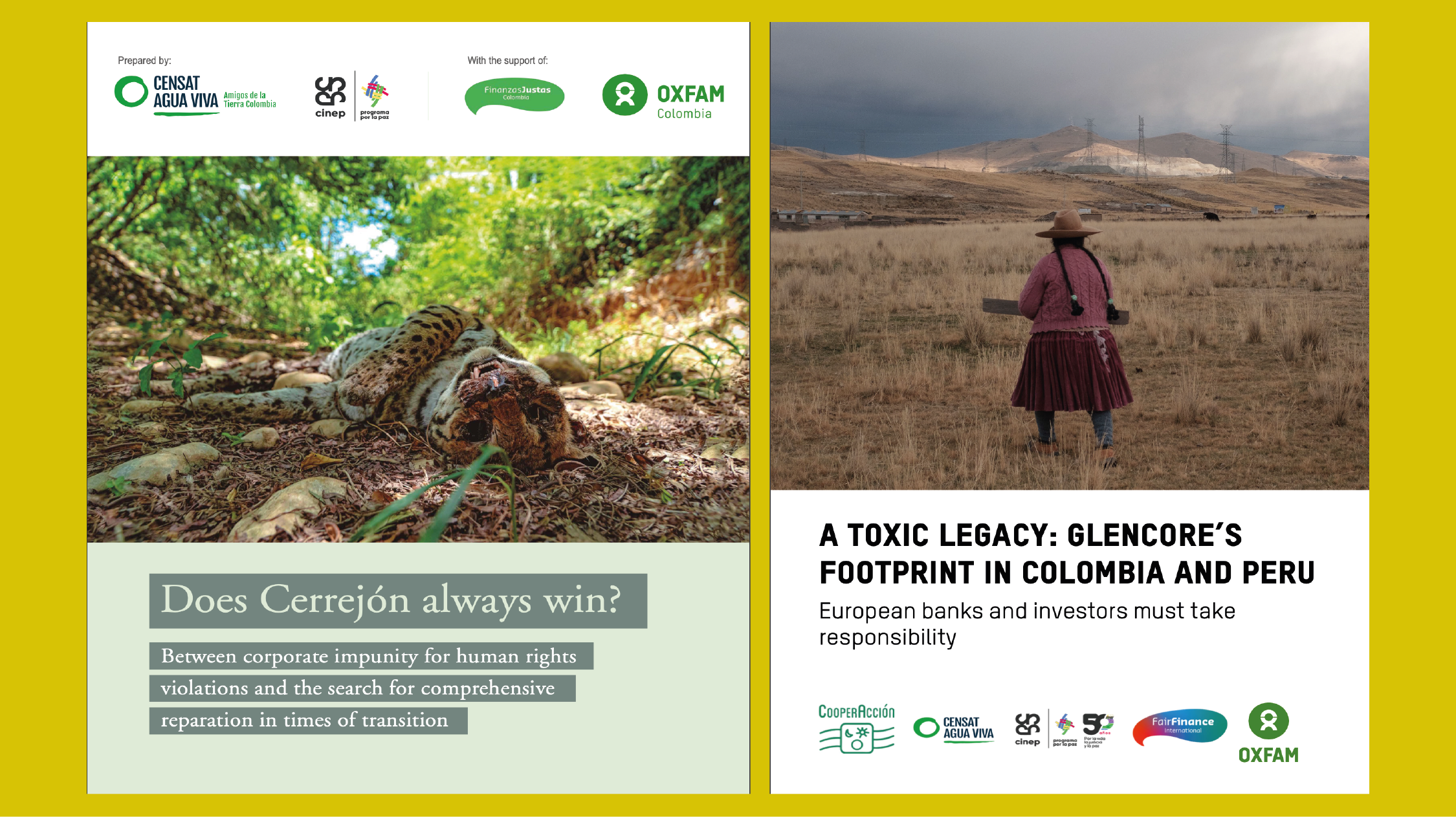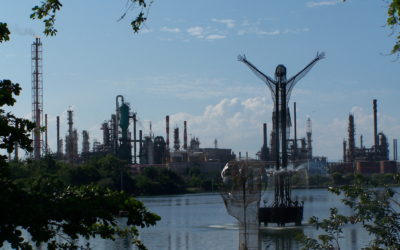„Does Cerrejón always win? Beetween corporate impunity for human rights and the quest for comprehensive reparation in time of transition“
Numerous research studies, technical reports, documentaries and public accusations have exposed the systematic violation of the human rights of the Wayuu and Afro-descendant communities in La Guajira, Colombia. Many of these violations are linked to the mining activities of the company Carbones del Cerrejón Limited, which is owned by Glencore. Carbones del Cerrejón operates Latin America’s largest open-pit coal mine and has been the subject of multiple court rulings by different judicial bodies, including the Colombian High Courts, and of declarations made by the United Nations
(UN), European parliamentarians and international organizations.
Read on: https://censat.org/wp-content/uploads/2023/11/Informe-Cerrejon-Ingles-Final.pdf
„A toxic legacy: Glencore’s footprint in Colombia and Peru“
Glencore’s business model continues to have severe consequences for local communities and the environment. Several scandals have provided evidence of Glencore’s involvement in human rights violations, corruption, tax avoidance and environmental destruction. Glencore’s mines have had devastating impacts on their surrounding environments, with grave consequences for the communities living beside them. This report elaborates on two such examples of Glencore-owned mines: the Cerrejón coal mine in northern Colombia, and the Antapaccay copper mine in Espinar in Peru. External pressure from investors, banks, policymakers, and regulators is therefore key to forcing Glencore to change. The EU should properly integrate the human rights responsibilities of the financial sector into its Corporate Sustainability Due Diligence Directive (CSDDD)




